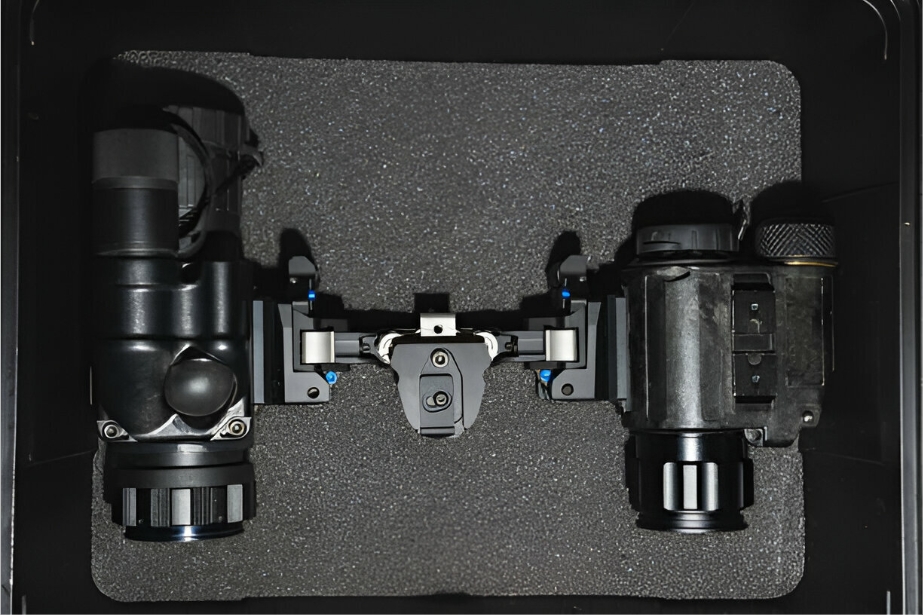In a world where technology evolves faster than we can imagine, multimedia stands out as a field undergoing constant transformation. From virtual reality to AI-driven content creation, multimedia innovations are reshaping how we interact with the digital world. Whether you’re a tech enthusiast or a professional in the field, understanding these innovations is crucial. In this blog, we’ll explore some of the most groundbreaking advancements in multimedia technology and their implications for our everyday lives.
The Rise of Virtual Reality in Multimedia
Virtual reality (VR) has become a buzzword in recent years, and for good reason. This immersive technology offers a new way to experience content, making it feel as though you’re part of the scene. VR is not just for gaming; it’s being used in education, corporate event planning, and even therapy. Its ability to provide an immersive experience makes it a powerful tool for training and development.
The impact of VR on multimedia is profound. It allows creators to design experiences that engage users on a sensory level, blurring the line between reality and the virtual world. This technology is still in its infancy, but its potential is limitless. As devices become more affordable and accessible, we can expect VR to become a staple in multimedia production.
Companies are already experimenting with VR to create engaging marketing campaigns. By offering virtual tours of products or experiences, brands can connect with their audience in a unique way. This level of engagement is something traditional media can’t achieve, making VR a game-changer in multimedia.
Augmented Reality Enhancing Real-World Interactions
While VR immerses users in a completely virtual environment, augmented reality (AR) overlays digital information onto the real world. This technology has gained traction with applications like Pokémon Go and Snapchat filters. However, its potential extends far beyond entertainment.
AR is transforming industries by providing real-time information and enhancing user experience. In retail, for example, AR allows customers to visualize products in their own space before making a purchase. This not only improves customer satisfaction but also reduces return rates.
The versatility of AR makes it a valuable tool in multimedia. It can be integrated into apps, websites, and even physical spaces to provide interactive content. As AR technology continues to improve, we can expect to see even more creative uses in various fields.
Artificial Intelligence in Content Creation
Artificial intelligence (AI) is revolutionizing content creation by automating processes and generating personalized experiences. AI algorithms can analyze data to predict trends, craft compelling narratives, and even generate artwork. This technology is a boon for content creators looking to streamline their workflow.
One of the most exciting applications of AI in multimedia is its ability to personalize content. By analyzing user behavior and preferences, AI can tailor content to individual tastes, enhancing engagement and satisfaction. This level of customization was previously unattainable, but AI makes it possible.
AI is also being used to enhance video production. Tools like deepfake technology allow creators to manipulate videos with stunning realism, opening up new possibilities for storytelling. While there are ethical considerations to address, the potential for innovation is undeniable.
The Impact of 5G on Multimedia Experiences
The rollout of 5G networks is set to revolutionize multimedia experiences by providing faster and more reliable internet connectivity. This technology enables seamless streaming of high-quality content, making it possible to enjoy immersive experiences without lag or buffering.
For multimedia creators, 5G opens up new opportunities for innovation. Live streaming, virtual events, and real-time collaboration become more feasible with the increased bandwidth and low latency provided by 5G. This technology is poised to transform how we consume and create content.
The potential of 5G extends beyond entertainment. It can enhance remote work, education, and healthcare by facilitating real-time communication and data transfer. As 5G networks continue to expand, we can expect to see significant advancements in multimedia technology.
Blockchain Secure and Decentralized Digital Content
Blockchain technology is often associated with cryptocurrencies, but its applications in multimedia are worth exploring. By providing a secure and transparent way to track digital assets, blockchain can help combat piracy and ensure fair compensation for creators.
This technology is particularly relevant in the world of digital art and media. With blockchain, artists can tokenize their work, making it easier to sell and distribute while maintaining ownership rights. This opens up new revenue streams for creators and fosters a more equitable digital economy.
Blockchain’s potential in multimedia extends to content distribution. By decentralizing the distribution process, creators can reach audiences directly without relying on traditional intermediaries. This empowers creators and gives them greater control over their work.
Conclusion
The innovations in multimedia technology are reshaping how we consume, create, and interact with content. From VR and AR to AI and blockchain, these advancements offer exciting opportunities for creators and consumers alike. However, they also present challenges that need to be addressed, such as ethical considerations and data privacy.
As we continue to explore the potential of multimedia technology, it’s essential to stay informed and adapt to the changing landscape. By doing so, we can harness the power of these innovations to create meaningful and impactful experiences.
Whether you’re a creator looking to leverage these technologies or a consumer eager to explore new experiences, the world of multimedia is full of possibilities. Stay curious, experiment with new tools, and be ready to innovate. The future of multimedia is here, and it’s more exciting than ever.






